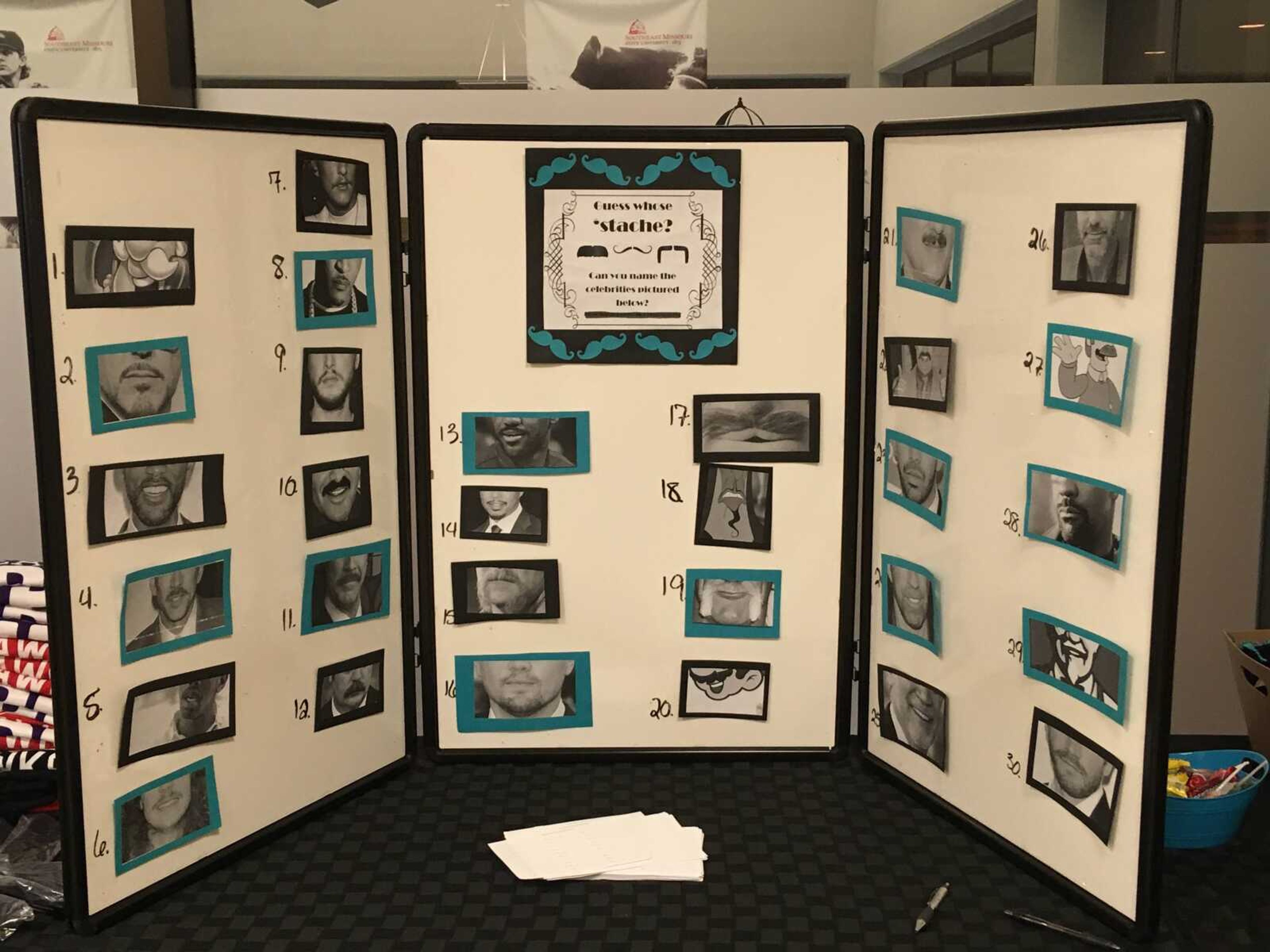The Campus Violence and Prevention Program gathered to speak with students and provide information in a panel discussion on male masculinity Nov. 1 in Ballroom B at the University Center .
The panel started with providing the definition of positive masculinity.
Positive masculinity is men embracing their softer side and being made aware of traditional masculine male traits, panel member Chris McCollum said .
He also said there is emphasis on males because men are seen as being less emotional and the display of sympathy or empathy can be a sign of weakness.
“The most important part is coexisting with everybody, and a man displaying that is really important,” panel member Kegan Summers said.
Panel members discussed the differences in positive masculinity and toxic masculinity.
You cannot talk about healthy masculinity without talking about toxic masculinity, said McCollum.
“Toxic masculinity is in a section by itself, and healthy masculinity is in a different section, too, but toxic masculinity is nothing more than healthy masculinity to an extreme,” McCollum said .
Campus Violence Prevention Program coordinator Donna St. Sauver said society promotes toxic masculinity, which means men are encouraged to be aggressive and not show your feelings.
“As partners in prevention we can explore with men what it means to be a man and shed some of those toxic stereotypes,” St. Sauver said.
The Campus Violence and Prevention Program is aware of the many male survivors of interpersonal and sexual violence, St. Sauver said.
“This outreach is for them,” St. Sauver said.
She also said Campus Violence and Prevention is on campus so students who have been subjected to interpersonal and sexual violence can seek guidance.
“We have confidentiality and we are not mandated reporters, so students can get help without it being a university record or pressure to report to police,” St. Sauver said.
Graduate assistant Rocha Bhattarai said attendance number were low last year for the panel discussion.
“We had more advertisement, also we posted in social media and asked professors to send students,” Bhattarai said.
Bhattarai said even though celebration of men as partners in the prevention of interpersonal and sexual violence is focused on males, both male and females seeking help can seek help through RedHawks Rising.
For more information contact the Campus Violence and Prevention Program at cvpp@semo.edu or visit this website http://www.semo.edu/ucs/violence-prevention.




